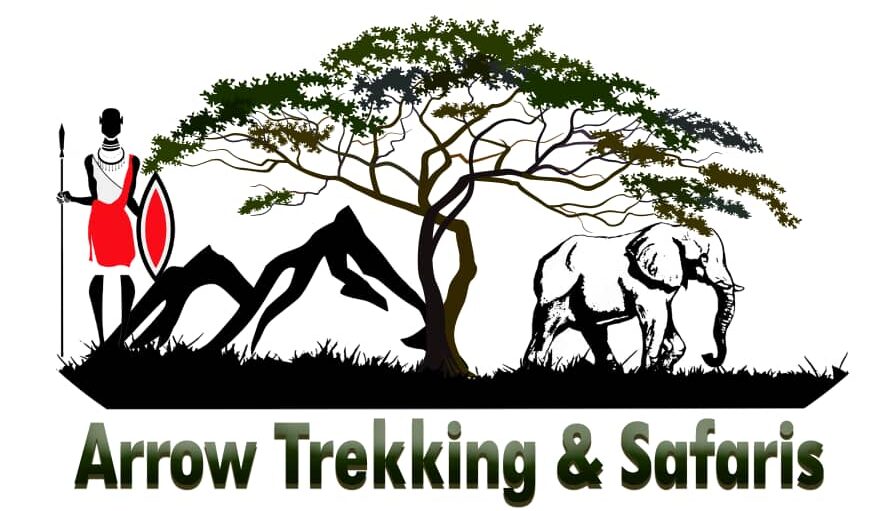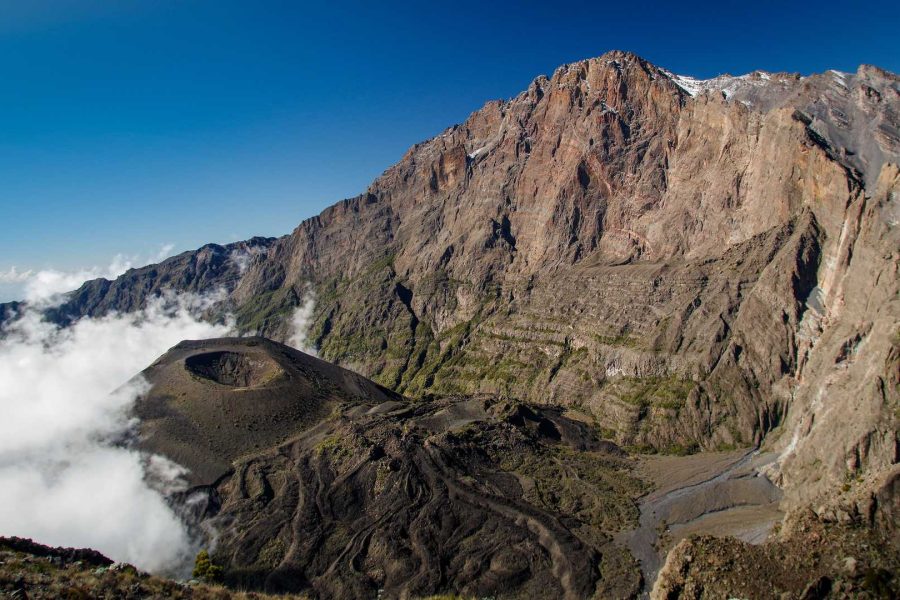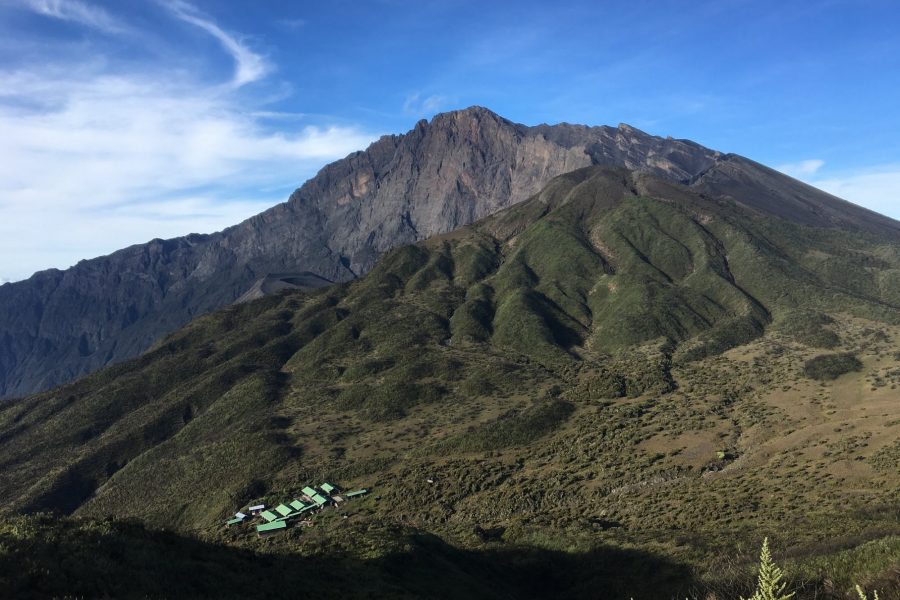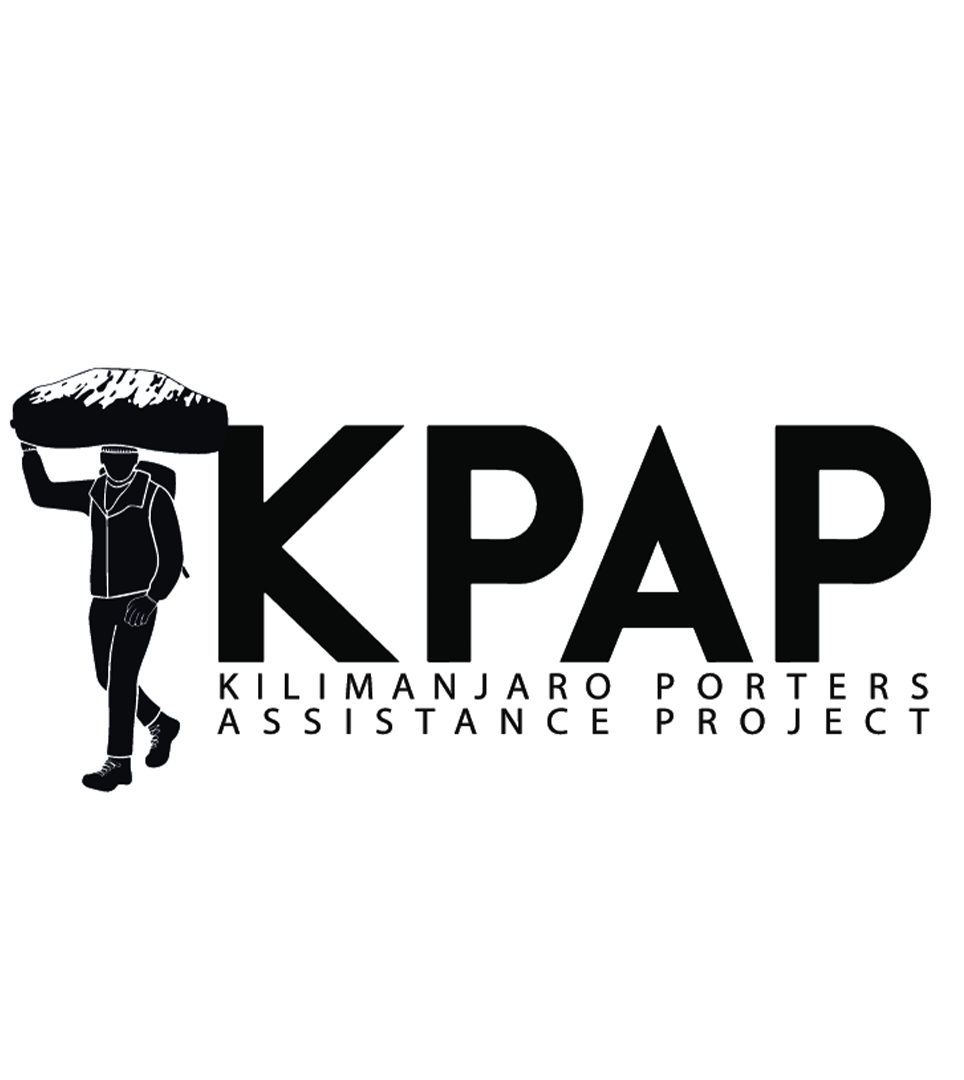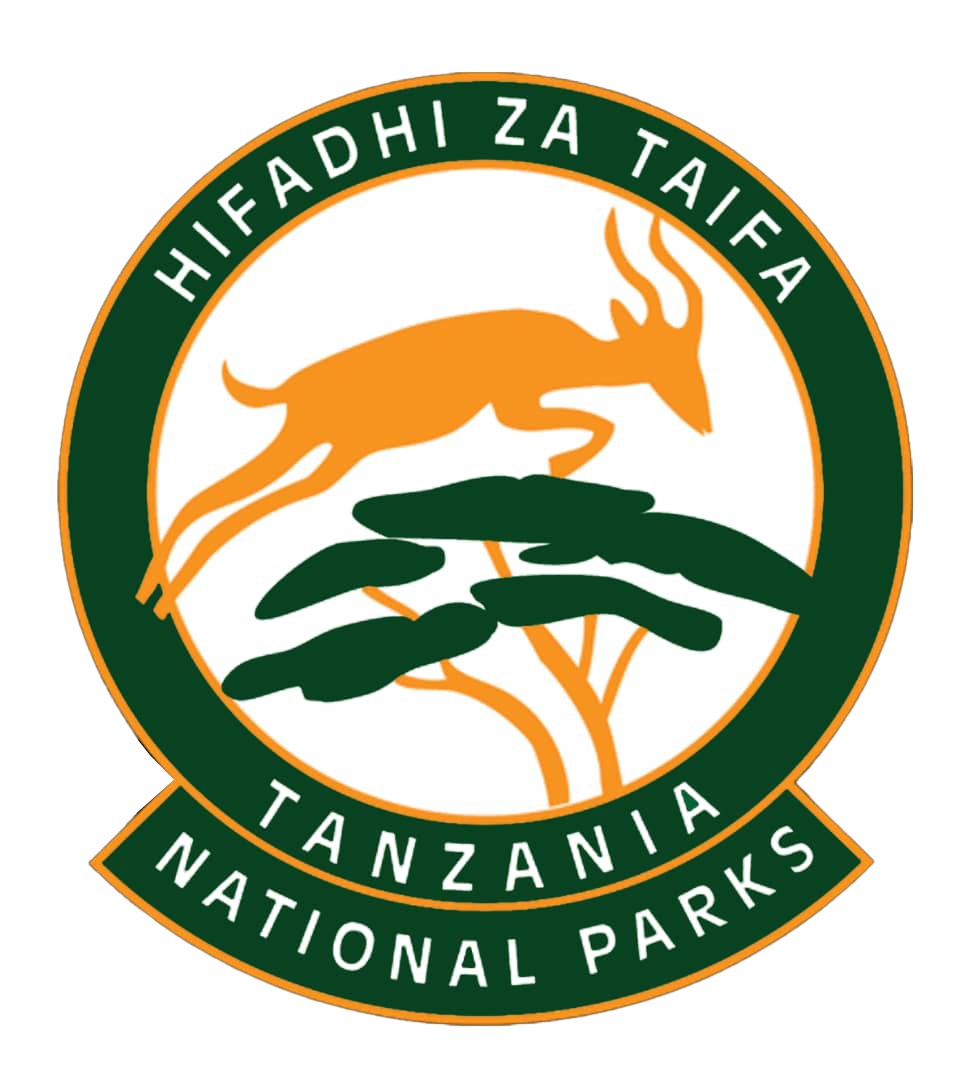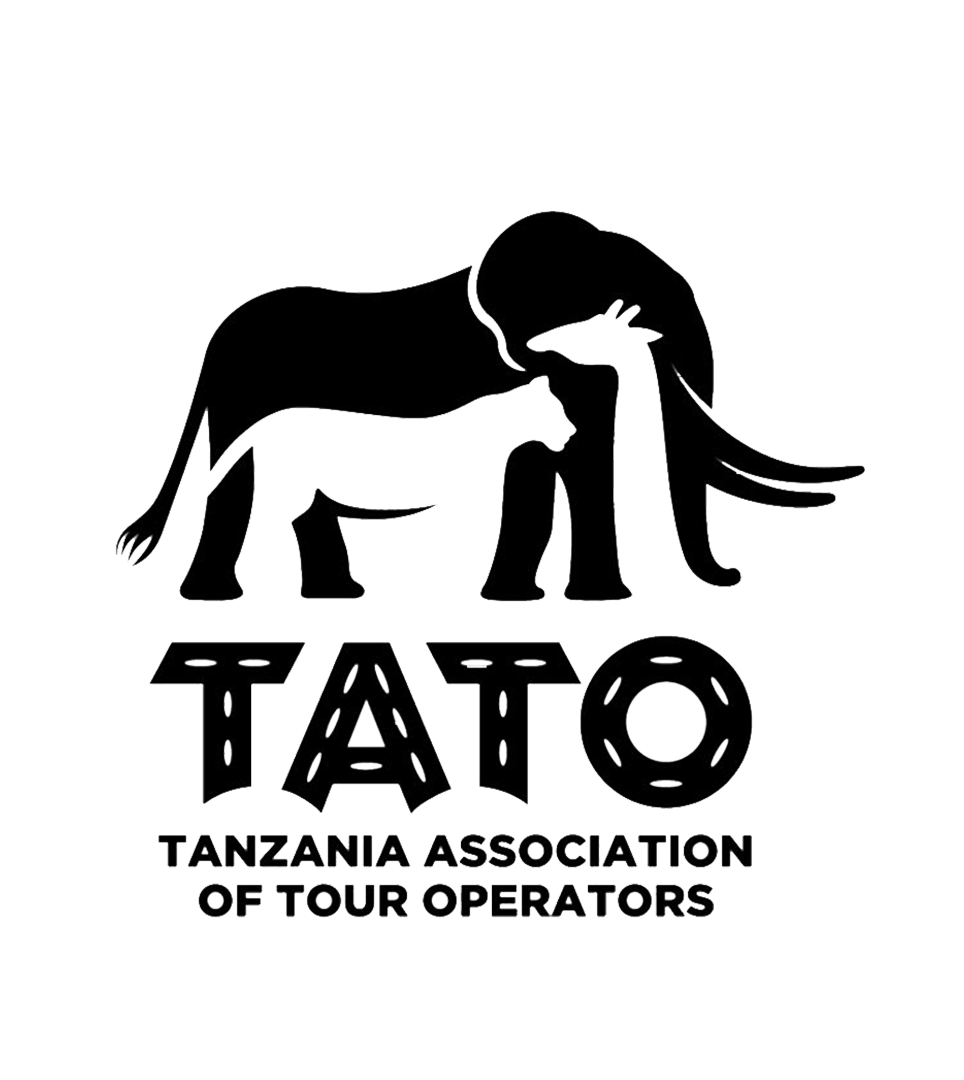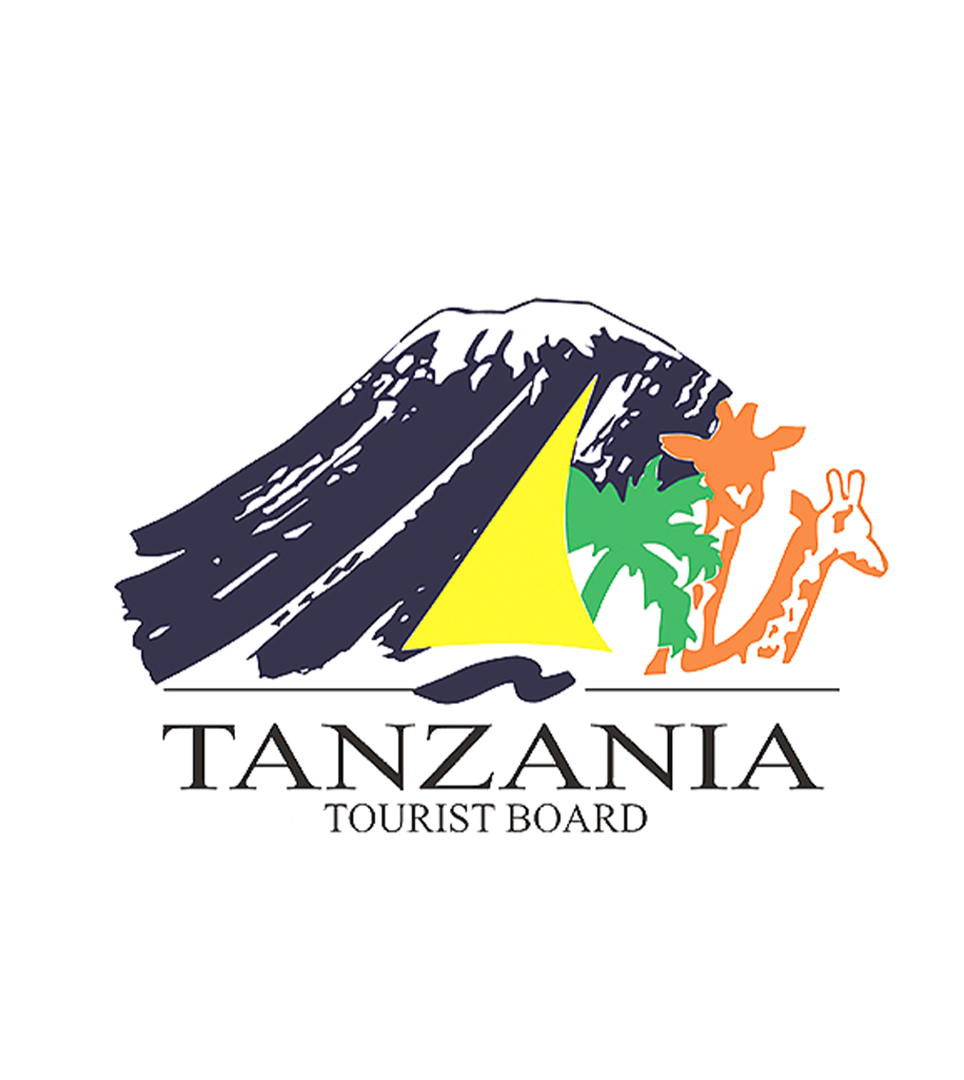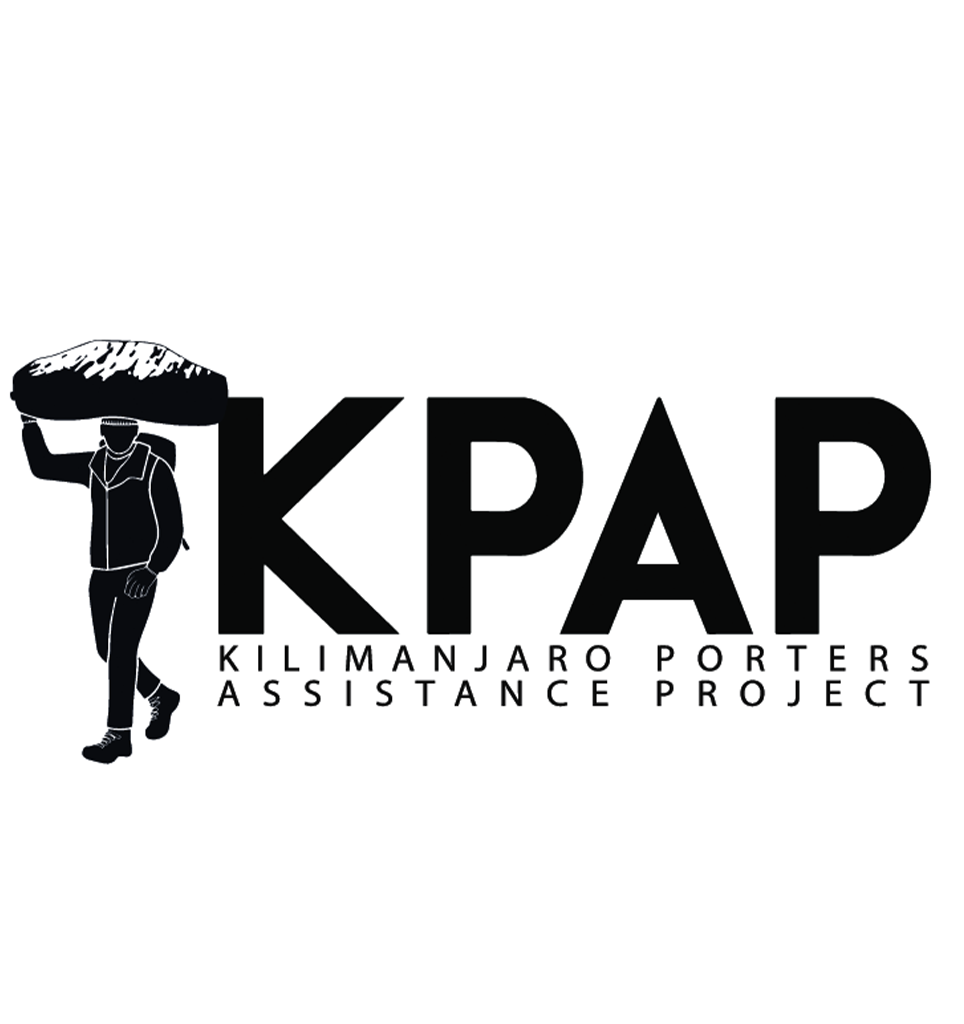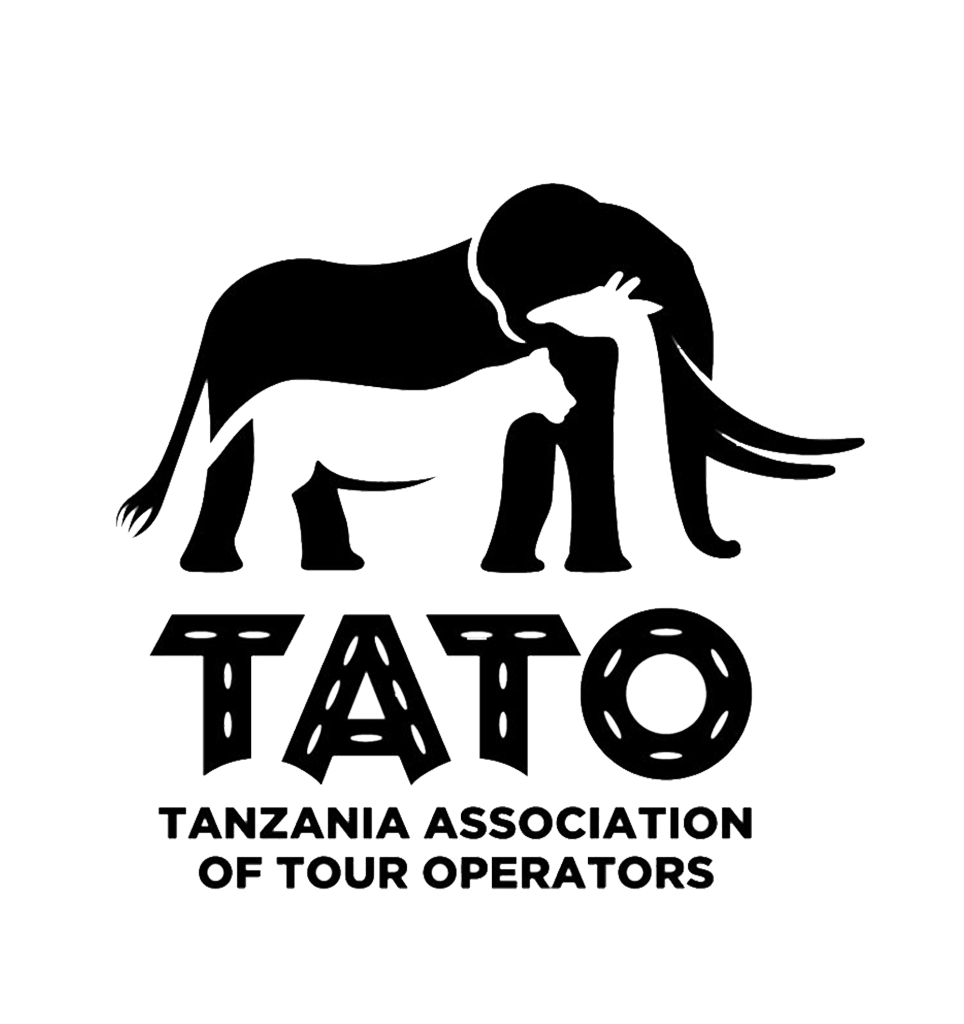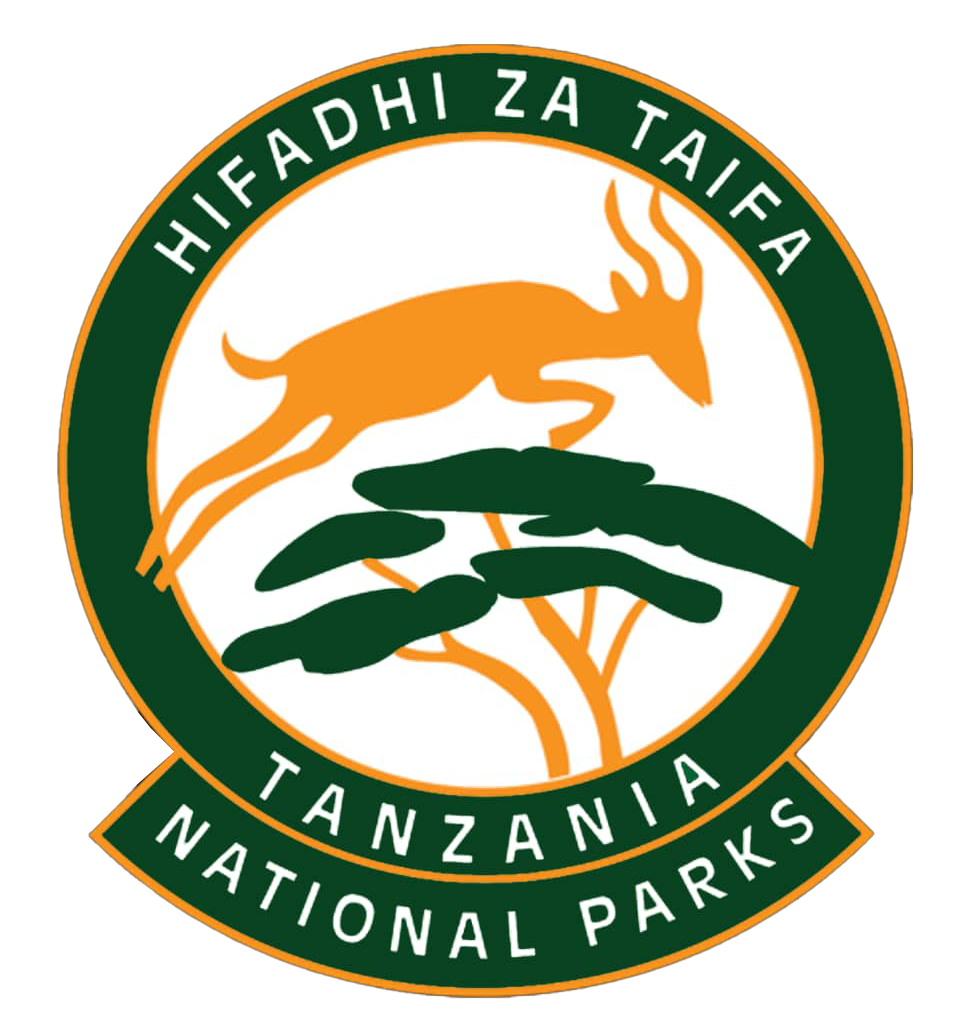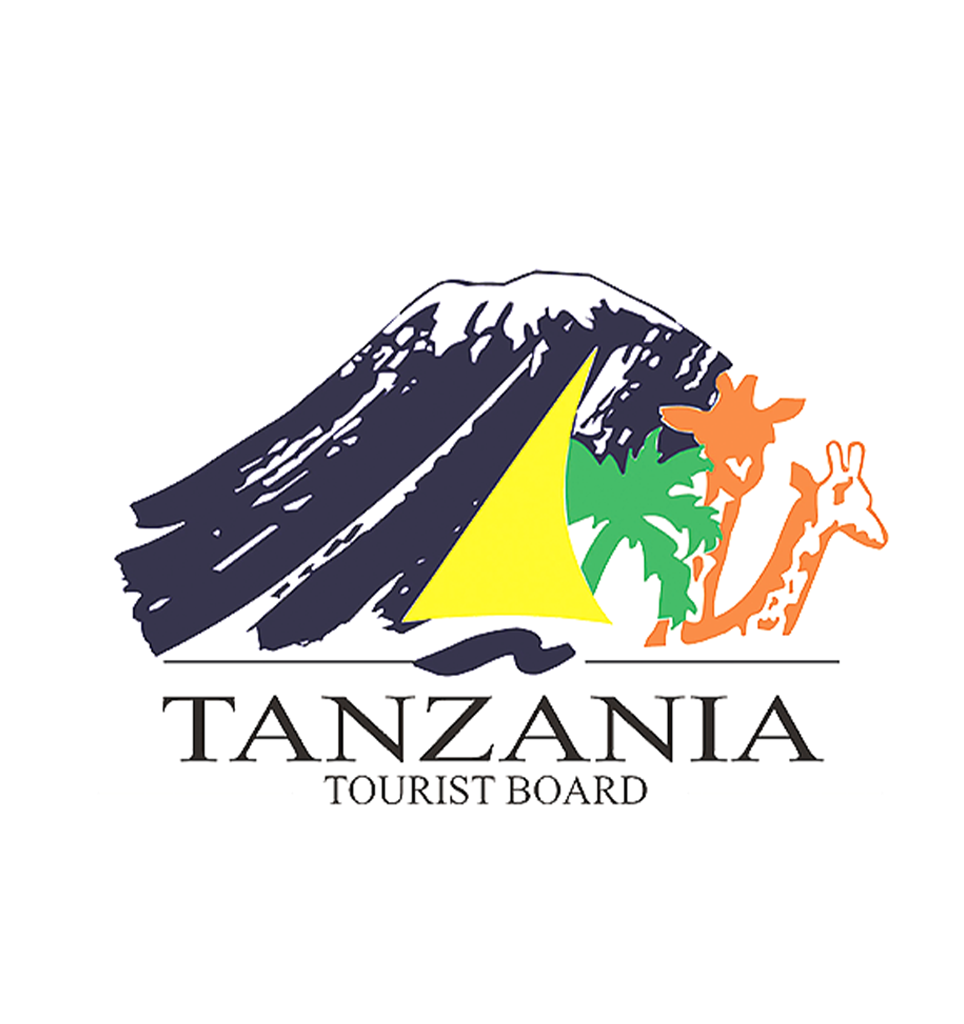Arrow Trekking and Safaris – Conquer Africa’s most iconic peaks with expertly crafted mountain adventures.
Overview of Mount Meru
Mount Meru is Tanzania’s second-highest mountain, standing at 4,566 meters (14,980 feet), and is often overshadowed by its more famous neighbor, Mount Kilimanjaro. Located within Arusha National Park, Mount Meru is a dormant stratovolcano that offers breathtaking scenery, diverse wildlife, and a challenging but rewarding trekking experience.
Unlike Kilimanjaro, which attracts thousands of climbers each year, Mount Meru offers a quieter and more pristine trekking experience. The climb takes 3 to 4 days, passing through lush rainforests, open heathlands, and alpine deserts, culminating at the summit, Socialist Peak. Along the way, hikers encounter a rich variety of wildlife, including giraffes, buffalos, colobus monkeys, and even elephants, making it one of the few treks in Africa that include a built-in safari experience.
Mount Meru is also a perfect acclimatization climb for Kilimanjaro, helping trekkers adjust to high altitudes before taking on Africa’s tallest peak. The trail is less crowded, well-maintained, and offers spectacular views of Kilimanjaro, the Great Rift Valley, and Arusha National Park. With its combination of natural beauty, abundant wildlife, and thrilling adventure, Mount Meru is an excellent trekking destination for both beginner and experienced climbers.
Best Mount Meru Trekking Packages
Geography & Ecosystem of Mount Meru
Mount Meru is a dormant stratovolcano located in northern Tanzania, within Arusha National Park. Standing at 4,566 meters (14,980 feet), it is the second-highest mountain in Tanzania and the fifth-highest in Africa. The mountain was formed by volcanic activity millions of years ago, and a massive eruption later created a horseshoe-shaped crater with steep cliffs and a dramatic ridge leading to the summit, known as Socialist Peak. The volcanic slopes are rugged, with deep ravines, sheer rock faces, and open plateaus that offer spectacular views of Mount Kilimanjaro, the Great Rift Valley, and the surrounding savannas.
Unlike many other mountains, Mount Meru is teeming with wildlife due to its location within a protected national park. At the base, trekkers often encounter giraffes, buffalos, zebras, and warthogs grazing on the open grasslands. The dense rainforest is home to blue monkeys, black-and-white colobus monkeys, and bushbucks, while more elusive animals like leopards and hyenas roam the higher elevations. With over 400 bird species, including crowned eagles, hornbills, and turacos, Mount Meru is also a paradise for birdwatchers. The combination of diverse ecosystems, rich wildlife, and ever-changing landscapes makes Mount Meru one of the most unique and rewarding trekking destinations in Africa.
Best Time to Climb Mt Meru
Short Dry Season & Calving Period
This is another great time for trekking, as the weather is warm and relatively dry. The landscape is lush and green, creating beautiful scenery along the trails. This period also coincides with the wildebeest calving season in nearby Ngorongoro and Serengeti, making it a great time to combine a Mount Meru trek with a safari. The temperatures are slightly warmer compared to the June–October season, but the conditions remain ideal for hiking.
Main Dry Season
This is considered the best time to climb Mount Meru. The weather is generally cool and dry, with clear skies that provide stunning views of Mount Kilimanjaro and the surrounding landscapes. The trails are in good condition, making the trek easier and more enjoyable. Wildlife sightings are also excellent, as animals gather near water sources, offering a unique chance to see buffalos, giraffes, and zebras at the lower elevations. However, this is also peak season, so accommodations in Arusha National Park may be in higher demand.
Rainy Seasons – Not Recommended
These months experience heavy rainfall, making trekking challenging and less enjoyable. The trails become muddy and slippery, and the dense mist often obstructs views from the summit. Wildlife can still be seen, but due to thick vegetation, visibility is reduced. While some experienced trekkers attempt the climb during these months for solitude and discounted rates, it is generally not recommended for most climbers.
Main Dry Season
This is considered the best time to climb Mount Meru. The weather is generally cool and dry, with clear skies that provide stunning views of Mount Kilimanjaro and the surrounding landscapes. The trails are in good condition, making the trek easier and more enjoyable. Wildlife sightings are also excellent, as animals gather near water sources, offering a unique chance to see buffalos, giraffes, and zebras at the lower elevations. However, this is also peak season, so accommodations in Arusha National Park may be in higher demand.
Short Dry Season & Calving Period
This is another great time for trekking, as the weather is warm and relatively dry. The landscape is lush and green, creating beautiful scenery along the trails. This period also coincides with the wildebeest calving season in nearby Ngorongoro and Serengeti, making it a great time to combine a Mount Meru trek with a safari. The temperatures are slightly warmer compared to the June–October season, but the conditions remain ideal for hiking.
Rainy Seasons – Not Recommended
These months experience heavy rainfall, making trekking challenging and less enjoyable. The trails become muddy and slippery, and the dense mist often obstructs views from the summit. Wildlife can still be seen, but due to thick vegetation, visibility is reduced. While some experienced trekkers attempt the climb during these months for solitude and discounted rates, it is generally not recommended for most climbers.
Preparation for the Climb – Mount Meru
Physical Fitness & Training
Mount Meru is a challenging trek with steep ascents, high altitude, and long hiking days, so good physical fitness is required. To prepare effectively, start cardio exercises like running, cycling, or swimming at least 6–8 weeks before the climb to improve endurance. Additionally, practice hiking on steep terrain while carrying a backpack to simulate trekking conditions. Strength training, particularly for the legs and core muscles, will also help manage the demanding elevation gain. If possible, hiking at high elevations before the trek can aid in altitude acclimatization, reducing the risk of altitude sickness.
Packing Essentials
Having the right gear is crucial for comfort and safety on Mount Meru. The trek covers diverse climatic conditions, so layered clothing is essential, including a moisture-wicking base layer, an insulating mid-layer, and a waterproof outer layer. Well-worn hiking boots with good ankle support are a must to prevent blisters and injuries. Since temperatures drop at higher altitudes, a warm, four-season sleeping bag is necessary for a comfortable rest. Other essentials include a lightweight daypack for carrying water and essentials, trekking poles for added stability on steep ascents, a headlamp with extra batteries for early morning summit attempts, and water purification tablets to ensure safe drinking water.
Acclimatization & Altitude Sickness Prevention
Mount Meru reaches 4,566 meters (14,980 feet), making altitude sickness a potential challenge. To minimize risks, the four-day trek allows for gradual acclimatization, giving climbers time to adjust. Staying hydrated is crucial—drink at least 3–4 liters of water per day to help the body cope with altitude changes. Eating well, particularly carbohydrate-rich meals, is also important for maintaining energy levels throughout the climb. Some trekkers consider taking altitude medication like Diamox, but it is advisable to consult a doctor before use. Listening to your body and reporting any symptoms of altitude sickness early can prevent more severe complications.
FAQs
Yes! Many trekkers combine Mount Meru with a safari in Arusha National Park, Serengeti, Ngorongoro, or Tarangire for a complete Tanzania adventure. Some also climb Kilimanjaro after Mount Meru for better acclimatization.
The standard Mount Meru trek takes 4 days and 3 nights, following the Momella Route. Some experienced hikers opt for a 3-day trek, but the extra day allows better acclimatization and increases summit success rates.
Mount Meru is a moderate to challenging trek. While it is not as high as Kilimanjaro, the steep trails, rapid altitude gain, and high summit (4,566m) make it demanding. Proper physical fitness, acclimatization, and mental preparation are essential for a successful summit.
Mount Meru is located in Arusha National Park, home to buffalos, giraffes, zebras, warthogs, baboons, and colobus monkeys. There is also a chance to spot elephants and leopards, though they are more elusive. A park ranger accompanies trekkers for safety.
Yes, most international visitors require a visa to enter Tanzania. Tourist visas can be obtained online, at Tanzanian embassies, or upon arrival at the airport. It’s advisable to check specific visa requirements based on your nationality before traveling.
Visitors are typically advised to get vaccinations for yellow fever (if traveling from a yellow fever-endemic country), typhoid, hepatitis A and B, and tetanus. Malaria prophylaxis is also recommended, as Tanzania is a malaria-endemic area. Consult your doctor for personalized advice.
The official currency is the Tanzanian Shilling (TZS), but US dollars are widely accepted, especially in hotels, lodges, and for safari bookings. It’s advisable to carry smaller denominations and exchange money at authorized bureaus or banks.
Swahili is the official language of Tanzania, and English is widely spoken, especially in tourist areas. Learning a few Swahili phrases is appreciated and can enhance your cultural experience (greeting people with “Jambo” (hello) )
